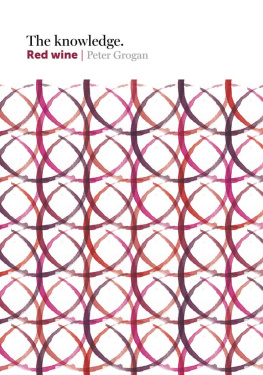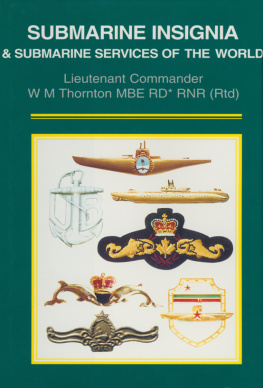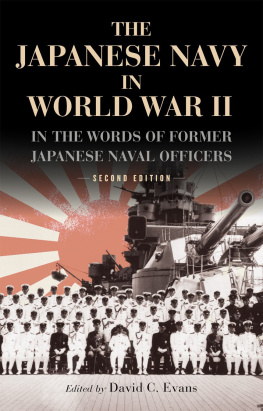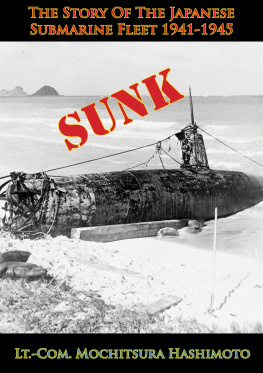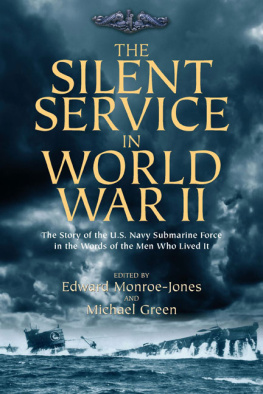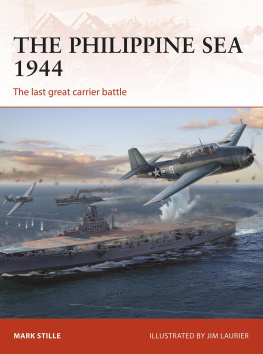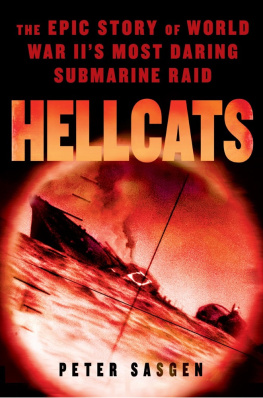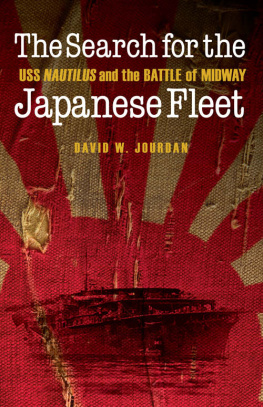

This edition is published by PICKLE PARTNERS PUBLISHINGwww.picklepartnerspublishing.com
To join our mailing list for new titles or for issues with our books picklepublishing@gmail.com
Or on Facebook
Text originally published in 2011 under the same title.
Pickle Partners Publishing 2014, all rights reserved. No part of this publication may be reproduced, stored in a retrieval system or transmitted by any means, electrical, mechanical or otherwise without the written permission of the copyright holder.
Publishers Note
Although in most cases we have retained the Authors original spelling and grammar to authentically reproduce the work of the Author and the original intent of such material, some additional notes and clarifications have been added for the modern readers benefit.
We have also made every effort to include all maps and illustrations of the original edition the limitations of formatting do not allow of including larger maps, we will upload as many of these maps as possible.
OPERATING BELOW CRUSH DEPTH: THE FORMATION, EVOLUTION, AND COLLAPSE OF THE IMPERIAL JAPANESE SUBMARINE FORCE IN WORLD WAR II
By
LCDR David W. Grogan
TABLE OF CONTENTS
Contents
ABSTRACT
Prior to entering World War II, the Japanese Navy did a considerable planning and force development in preparation for a single decisive battle with the American fleet. The Japanese submarine force entered the war with highly trained crews operating some of the most capable submarines in the world. Even so, they accomplished little. This study will analyze the genesis and evolution of the technological basis of the Japanese submarine fleet before and during the war. Along with the technological evolution, it will also review the strategic and tactical evolution of the force. It will further analyze the employment of submarines as they apply to two major forms of naval warfare: guerre de course and guerre de main . While the entire study will use comparison with the American and German, the majority of the focus will be on the unique aspects of the Japanese employment of their submarines. These analyses will answer whether the Japanese submarine force would have been capable of influencing the results of major battles and the overall campaign in the Pacific Ocean. Could the Japanese submarine force have influenced the result of the war allowing it to end with a more favorable outcome for the Japanese?
ACKNOWLEDGMENTS
First, the completion of this thesis would not have been possible without support of my thesis committee. Dr. John Kuehn, Dr. Thomas Bradbeer and Mr. Harold Laurence devoted their time and effort to shape my writing and research to arrive at my goal. Their advice and guidance was critical to my success.
The encouragement of my classmates in Staff Group 9A and advisor Mr. Clay Easterling played a large part in getting through the dark days of research and writing. Their help and humor made the entire process bearable.
Finally, and most importantly, I thank my wife, Shala, for encouraging me to take on the task when I am sure it was not her desired path for me. Having just returned from an arduous sea duty tour, I know she wanted me ashore as much as possible, but she accepted the challenge of having me at sea many days and nights as I sailed in research and writing. Her sacrifice, and that of my daughter, Thelma, and sons, Raymond and Samuel, eclipse the outlay on my part to complete this endeavor. I could not have done it without their support and love.
ACRONYMS
ADMAdmiral
CAPTCaptain
CDRCommander
HMASHer Majestys Australian Ship
HMSHer Majestys Ship
IJNImperial Japanese Navy
J Junsen (Fleet)
KD Kai-dai (Large)
KRS Kirai-Sen (Mine-Layer)
KT Kai-Toku-Chi (Special Submarine, Medium)
LCDRLieutenant Commander
LTLieutenant
NMNautical Mile
RADMRear Admiral
ST Sen-Taka (Submarine, High Speed)
STo Sen-Toku (Special Submarine)
STS Sen-Taka-Sho (Submarine, High Speed(Victory))
USSUnited States Ship
VADMVice Admiral
CHAPTER 1 INTRODUCTION
On the night of Monday, 23 February, 1942, Imperial Japanese Navy Commander Kozo Nishino, in command of I-17 , brought the boat to a halt in the Santa Barbara channel and ordered his crew to prepare for gun action. At 7:07 p.m., Nishino ordered his gun crew to open fire. Explosions went off on shore as 140 mm shells hit the oil field. After a few minutes, Nishino had his gunners shift targets and continue the bombardment. At approximately 7:45 p.m., Nishino ordered cease fire and the I-17 started to transit to the south towards Los Angeles. The city of Ellwood, California had just become the site of the first attack on the United States mainland in World War II. I-17 , a large, fast, ocean-going submarine, fired approximately 25 shells into two oil refineries and destroyed a derrick and a pump house. There was also damage to the Bankline pier and some private property. Much richer targets waited to the south.
Based on the ultimate result of World War II in the Pacific for Japan, and the lack of discussion of the Japanese submarine force in print, it would be very easy to say that the Japanese submarine force was ineffective in creating a significant impact on a strategic or operational level. This would do a great disservice to a proud and capable part of the Imperial Japanese Navy. Japanese submarines capable of ranging to the American West Coast represented a significant threat to merchant and military maritime traffic. They could carry observation planes for scouting, had long range (endurance), and were armed with dependable torpedoes. Advanced midget submarines that could conduct multiple raids inside harbors and return to their host submarine for further action also threatened Allied havens across the Pacific. The Imperial Japanese Navy coupled the technological prowess of its submarines to a stringent training program for the members of the submarine force. This provided the Imperial Japanese Navy with a weapon of distinct technological advantage crewed by tactically and technically sound sailors. When compared to the American Submarine Force, the German Submarine Force until 1942 and even the British Submarine Force, the Imperial Japanese (IJN) Submarine Force significantly underachieved in all aspects of operations even though they were generally considered by historians to be the most technologically advanced of all the submarine forces. If properly employed, could the Imperial Japanese Navy Submarine Force have slowed or even halted the American advance and caused significant reassignment of forces lengthening the war and potentially bringing it to a close on better terms for the Japanese?
Literature Review
While books and other records are readily available for Allied and German submarine operations in World War II, there is palpable shortage of material concerning Japanese submarine operations. Japanese operations are covered by a small number of primary sources and peripherally in a number of secondary sources. Interwar considerations for Japan are lightly covered with the key source being David Evans and Mark Peatties Kaigun: Strategy, Tactics and Technology in the Imperial Japanese Navy, 1887-1941. Individual assessments of the Japanese response to various naval treaties during the interwar period will also be integral in analyzing this area.
Primary sources of significant interest are Zenji Oritas I-Boat Captain , Mochitsura Hashimotos Sunk: The Story of the Japanese Submarine Fleet, 1941-1945. These works are autobiographical items from two Japanese fleet submarine commanders. Naval technical reports from post war prize exploitation along with ULTRA communication intercepts (accessed through secondary source material) should also provide significant insight into Japanese operational decisions and technical specifications.
Next page

